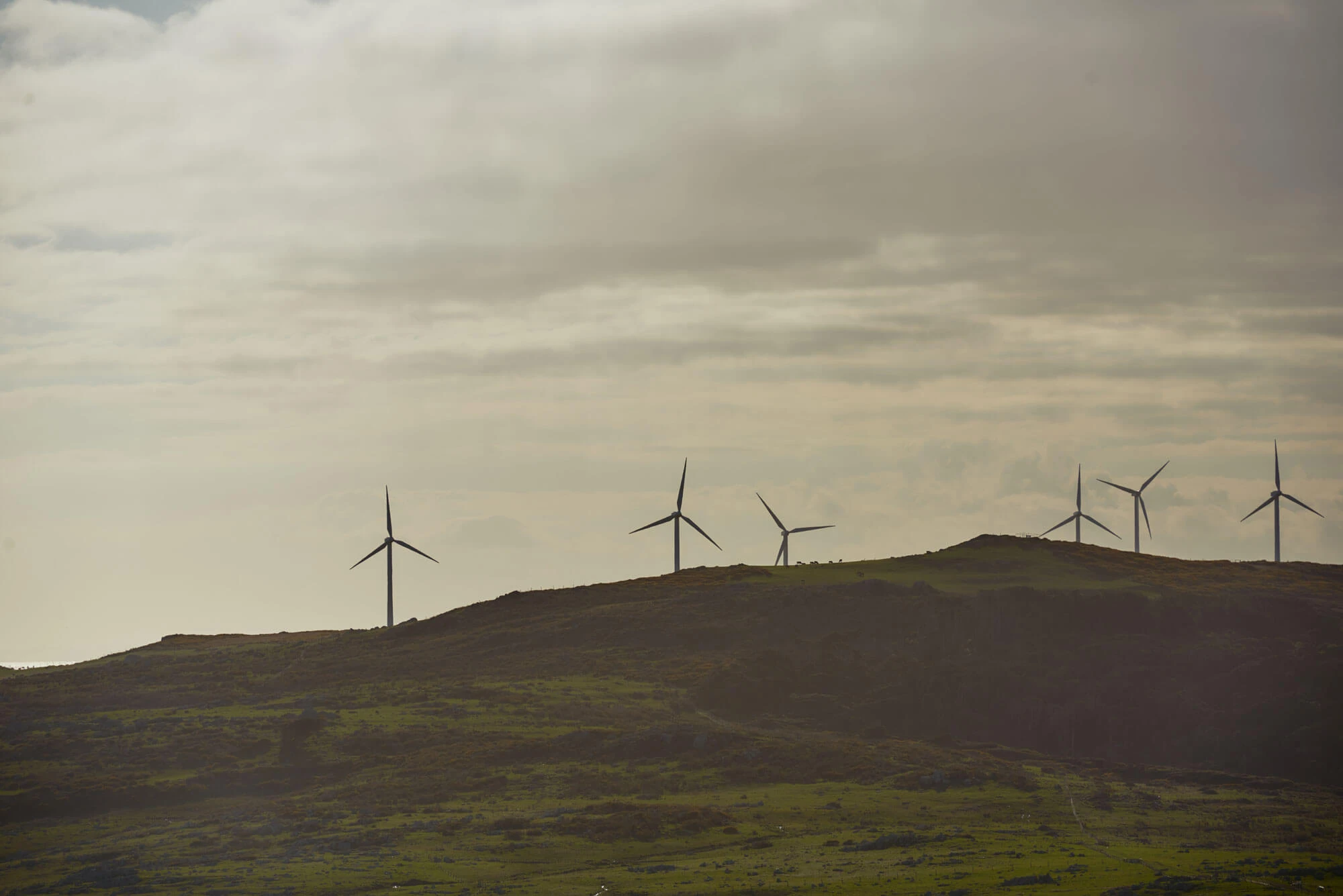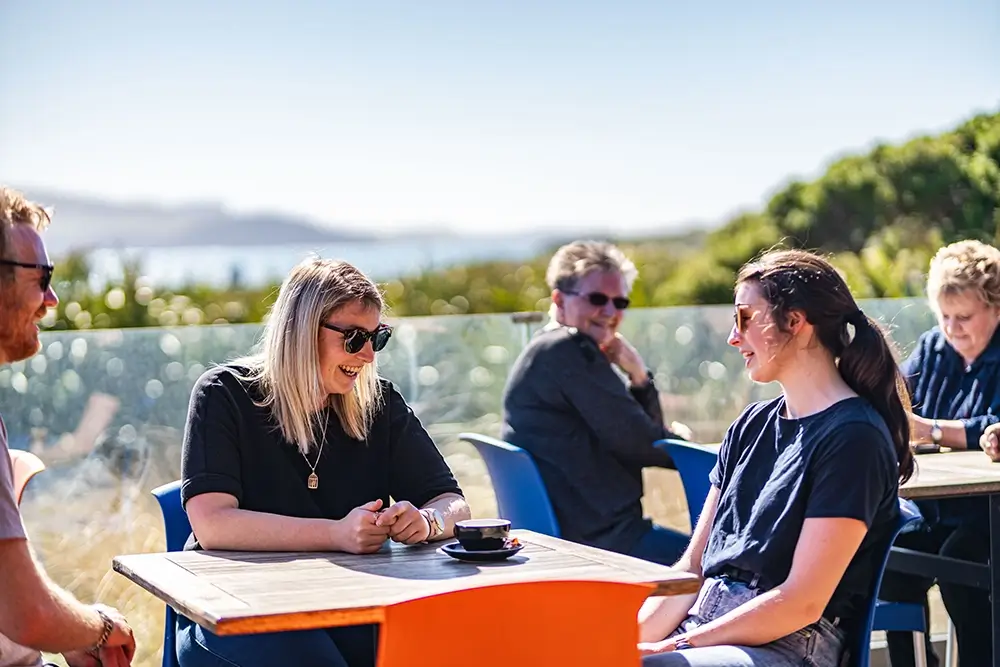Sea Buckthorn (Hippophae rhamnoides)
Introduction
This crop was identified as having some potential for the southern areas of New Zealand by Mr Wayne Hutchinson who attended a New Crops Conference in Atlanta in 2002. A quick search across a number of Internet sites came up with the following information.
Sea buckthorn usually forms a shrub or small tree three to four meters in height. A tree-like appearance is often formed because only the buds on the outer portions of the plant sprout and branch. It is a dioecious species with male and female flowers on separate trees. Pollination is normally aided by wind. Flower buds are differentiated during the previous growing season, so the number of fruit produced in any one year depends on the growing conditions of the preceding year. The fruit is tightly clustered on two-year-old branches.
Sea buckthorn is easy to propagate by seed or cuttings. It can grow in arid to very wet conditions and tolerates cold winters. Though it prefers sandy and neutral soil, sea buckthorn survives in soils with pH values from 5 to 9. Sea buckthorn prefers full sunlight and does not tolerate shade and suffers even under sparse tree cover. Like other members of the Elaeagnaceae family, sea buckthorn is also a nitrogen fixer.
Sea buckthorn is extremely variable in height, from a small bush less than 50 cm to a tree more than 20 m high. Phenological studies show a clear clinal variation in growth rhythm, hardiness and height according to the geographic distribution, i.e. the higher the latitude, the shorter the growth period and plant height. Sea buckthorn berries are among the most nutritious and vitamin-rich fruits found in the plant kingdom. The vitamin C concentration in berries varies from 360 mg/100g of berries for the European subspecies to 2500 mg/100g of berries for the Chinese subspecies sinensis.
The carotene content ranges from 30 to 40 mg/100g of berries. Vitamin E concentration can be up to 160 mg/100g of berries. Sea buckthorn is also rich in flavonoid (vitamin P) and contains appreciable amounts of water soluble and fat soluble vitamins. Sea buckthorn berries contain up to 13% soluble sugars, mainly glucose, fructose and xylose, and 3.9% organic acids, mainly malic and succinic acid, (Ma and Cui 1989).
Sea buckthorn is rich in proteins and free amino acids. A total of 18 amino acids have been found in sea buckthorn fruit. The oil content of the juice and the seeds ranges from 2 to 8%. Oil from the juice and pulp is rich in palmitic and palmitoleic acids (C16:0 and C16:1), while the oil from the seed contains unsaturated fatty acids of C18 type oils (linoleic and linolenic acid). Oils from the seed and juice also contain Vitamin E and carotenes. In addition, sea buckthorn berries, leaves and bark contain sitosterol, tocopherol and many other bioactive compounds.





